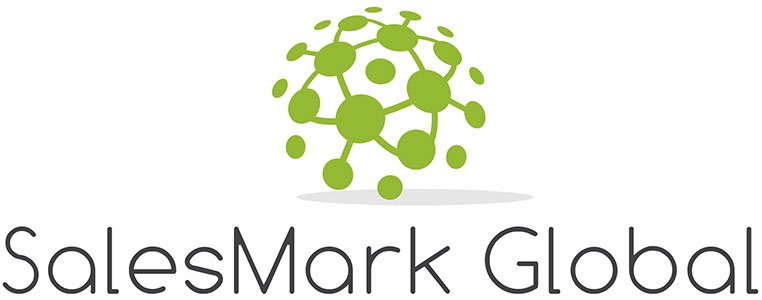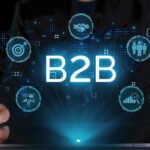Discover 5 effective methods to leverage psychographic segmentation in B2B marketing. Unlock deeper insights and connect with your audience better
In the B2B competitive landscape, it is essential to understand your target audience and go beyond just demographics and firmographics.
To truly connect with potential clients, B2B marketers must tap into the motivations, values, and behaviors that drive decision-making. This is where psychographic segmentation comes into play as they leverage the advanced approach of businesses and create tailored strategies that resonate with their audience, driving better results.
In today’s exclusive SalesMark Global blog, we will explore what psychographic segmentation is, its importance in B2B marketing, and five actionable strategies to harness its power effectively.
Table of Contents
1. Why Is Psychographic Segmentation Important in 2025?
2. Five Strategies to Effectively Leverage Psychographic Segmentation
2.1. Create Personalized Content
2.2. Design Customized Email Campaigns
2.3. Enhance Account-Based Marketing (ABM)
2.4. Optimize Social Media Engagement
2.5. Refine Product Development and Positioning
Conclusion
1. Why Is Psychographic Segmentation Important in 2025?
Psychographic segmentation is known for dividing a market based on psychological traits such as values, attitudes, interests, lifestyles, and personality.
While demographic and firmographic data tell you “who” your audience is, psychographics reveal the “why” behind their actions.
According to a study by Salesforce, 76% of B2B buyers expect businesses to understand their needs and expectations. Therefore, in marketing, your client’s purchasing decisions need to address specific pain points, improve customer retention through personalized communication, and enhance product or service development by aligning with audience needs.
Psychographic segmentation helps marketers meet this demand, fostering stronger relationships and driving loyalty.
2. Five Strategies to Effectively Leverage Psychographic Segmentation
For a better understanding, here are five ways in which you can effectively leverage psychographic segmentation in your B2B marketing:
2.1. Create Personalized Content
With psychographic data, you can create hyper-targeted content tailored to the values and interests of specific audience segments. This will also help you target sustainability advocates on eco-friendly practices within the industry and showcase those accomplishments on white papers.
For instance, HubSpot’s blog segmentation strategy tailors content to personas such as marketing professionals, sales teams, and customer service leaders, addressing their unique pain points.
2.2. Design Customized Email Campaigns
Email marketing has always remained a powerful B2B channel, but it mostly depends on psychographic segmentation. This allows marketers to craft subject lines that align with audience values, create segmented email lists based on interests, and send only the most pertinent content.
According to Campaign Monitor, segmented email campaigns can drive a 760% increase in revenue. Tech giants such as Salesforce use psychographic insights to send industry-specific solutions and trend analyses to decision-makers in various sectors.
2.3. Enhance Account-Based Marketing (ABM)
ABM relies on precise targeting of high-value accounts therefore by implementing psychographics, and ABM strategies you can pinpoint pain points and aspirations of key stakeholders and deliver tailored messaging that aligns with organizational goals and individual values.
For instance, LinkedIn’s ABM campaigns often highlight case studies or testimonials from industry peers, leveraging psychological drivers such as social proof and trust.
2.4. Optimize Social Media Engagement
In this digital world, social media platforms can be a wealth of psychographic data through user interactions such as likes, shares, and comments. According to Hootsuite reports, around 70% of B2B marketers use LinkedIn for content marketing, leveraging psychographic insights for effective targeting.
With this data, marketers can develop targeted ads based on interests and behaviors. You can use social listening tools to identify trending topics and sentiments within their target audience. For instance, IBM’s #AIforGood campaign appeals to innovators and sustainability advocates by showcasing how AI solves global challenges.
2.5. Refine Product Development and Positioning
Lastly, psychographic segmentation informs product teams about features and benefits that resonate most with their audience. This alignment ensures that solutions meet technical needs and align with emotional and psychological drivers.
On similar efforts, Slack’s emphasis on collaboration and ease of use speaks directly to tech-savvy and efficiency-focused personas. Their marketing emphasizes seamless integration and productivity benefits, aligning with user motivations.
Conclusion
Ultimately, incorporating psychographic segmentation into B2B marketing strategies is necessary for businesses aiming to build meaningful connections in a crowded marketplace. Therefore, by understanding the psychological drivers of their audience, marketers can craft personalized experiences, drive loyalty, and achieve measurable results.





